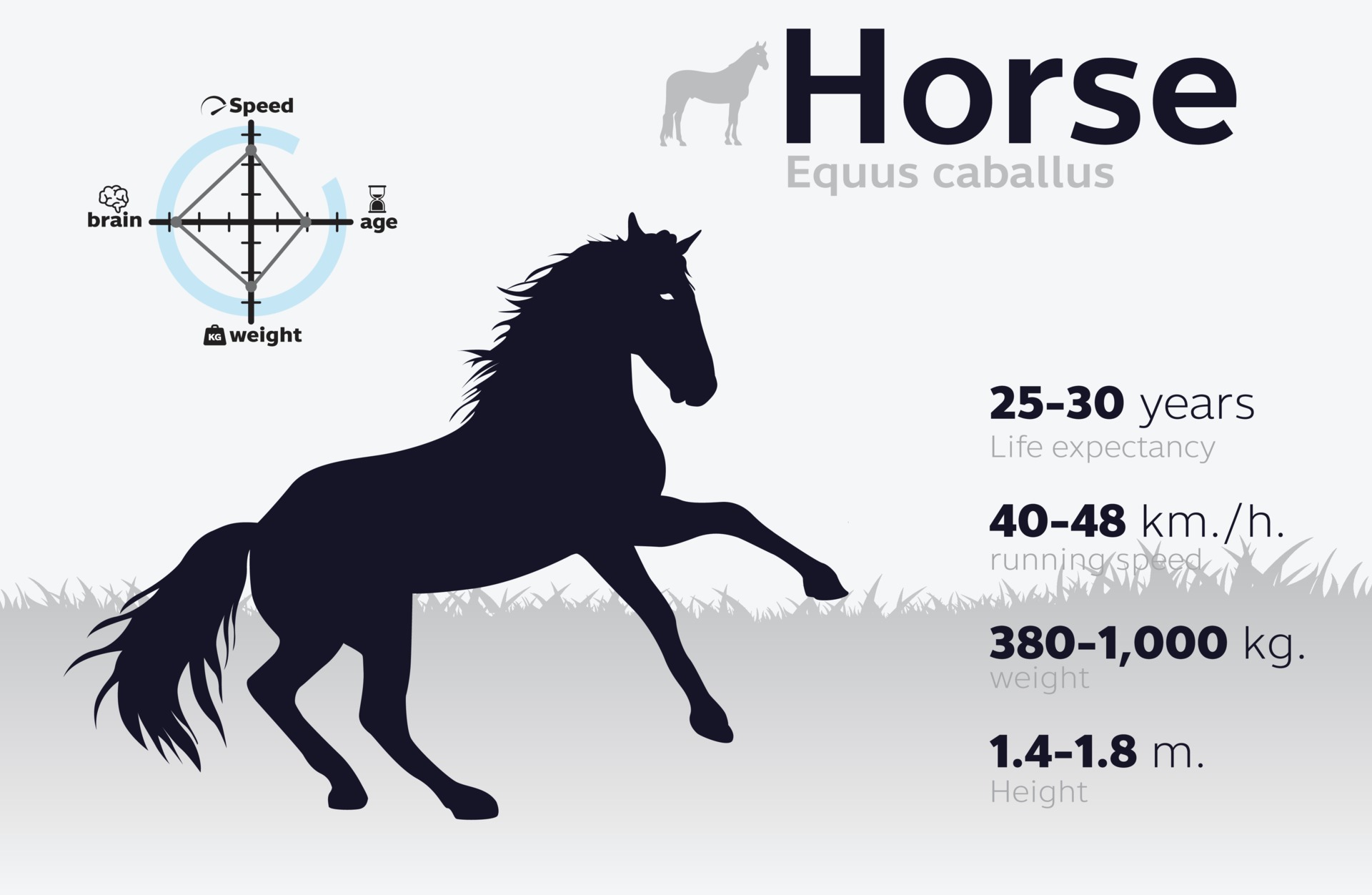Horses are known for their impressive athletic abilities, and one of the most awe-inspiring displays of their agility and strength is their ability to jump. Equine enthusiasts and equestrians alike marvel at the heights horses can reach when they leap over obstacles. In this article, we will explore the fascinating world of horse jumping and answer the question, “How high can horses jump?”
The Anatomy of a Horse’s Jump

Before delving into the heights that horses can achieve when jumping, it’s important to understand the mechanics behind their jumps. A horse’s ability to jump is dependent on its physical attributes and training. The power and coordination required for a successful jump come from the horse’s muscular strength, bone structure, and coordination.
When a horse jumps, it utilizes its hindquarters to propel itself upwards and forwards. The explosive power generated by the hind legs allows the horse to clear obstacles with grace and agility. Additionally, a horse’s strong back and abdominal muscles help it to maintain balance and control during the jump.
Factors Affecting a Horse’s Jumping Ability
Several factors can influence a horse’s jumping ability. The breed of the horse, its age, and its training all play a role in determining how high it can jump. Certain breeds, such as Thoroughbreds and Warmbloods, are known for their exceptional jumping prowess, while others may not possess the same natural talent for jumping.
Furthermore, a horse’s age can impact its jumping ability. Younger horses may have more energy and agility, but they might lack the experience and training required for precise and controlled jumps. On the other hand, older horses may have the experience and discipline needed for successful jumps, but they may not possess the same physical prowess as their younger counterparts.
Training also plays a critical role in a horse’s jumping ability. Proper training and conditioning can enhance a horse’s strength, coordination, and confidence, ultimately increasing its jumping capacity. Skilled riders and trainers work with horses to develop their jumping skills and ensure that they can perform at their best.
World Record Heights
The question of how high horses can jump has been a subject of fascination for equestrians and horse enthusiasts around the world. While there is no definitive answer to this question, historical records provide insight into the remarkable heights that horses have achieved in competitive jumping events.
One of the most renowned jumping competitions is the puissance, which challenges horses to clear a series of increasingly high obstacles. The current world record for the puissance is held by the horse Huaso, who cleared a staggering 8 feet 1.25 inches (2.47 meters) in 1949, under the guidance of his rider, Captain Alberto Larraguibel Morales. This extraordinary feat has solidified Huaso’s place in equestrian history and continues to inspire awe and admiration.
Limitations and Considerations
While horses are capable of remarkable feats of athleticism, it’s important to consider the limitations and potential risks associated with high jumping. Jumping at extreme heights can place significant strain on a horse’s musculoskeletal system, particularly its legs and back. Additionally, the impact of landing after a high jump can exert substantial force on the horse’s body, which may lead to injuries if not managed carefully.
As responsible caretakers of these magnificent animals, it is crucial for riders, trainers, and owners to prioritize the safety and well-being of their horses. Proper training, conditioning, and veterinary care are essential for maintaining a horse’s health and longevity, especially when engaging in activities such as jumping.
Training and Development
To maximize a horse’s jumping potential, a comprehensive training and development program is essential. This includes exercises to strengthen the horse’s muscles, enhance its coordination, and build its confidence when approaching and clearing obstacles. Skilled trainers work with horses to refine their jumping technique, improve their timing and judgment, and cultivate a trusting partnership between the horse and its rider.
Consistent and patient training, combined with positive reinforcement and a nurturing environment, can empower horses to achieve remarkable heights in their jumping performances. By fostering a strong bond between horse and rider, and prioritizing the horse’s physical and mental well-being, equestrians can unlock the full potential of their equine partners.
If you’re curious about the incredible abilities of horses, you may also be interested in learning about how long a horse can run, how much horsepower a horse has, and how horses run. These articles provide fascinating insights into the world of these majestic creatures!
Conclusion
The question of how high horses can jump is a captivating subject that showcases the extraordinary capabilities of these magnificent animals. Through a combination of physical strength, training, and skillful guidance, horses can reach impressive heights when navigating jumping courses and obstacles. While there are inherent limitations and considerations to be mindful of, the world of horse jumping continues to captivate and inspire equestrians and spectators alike.



